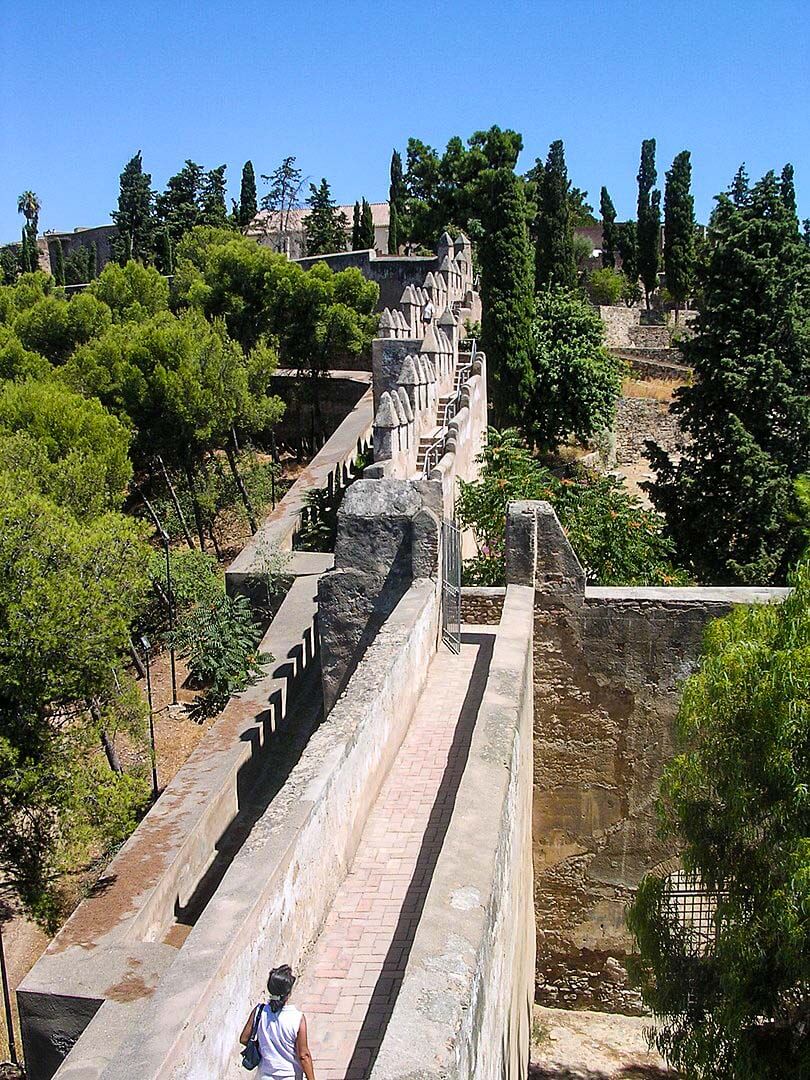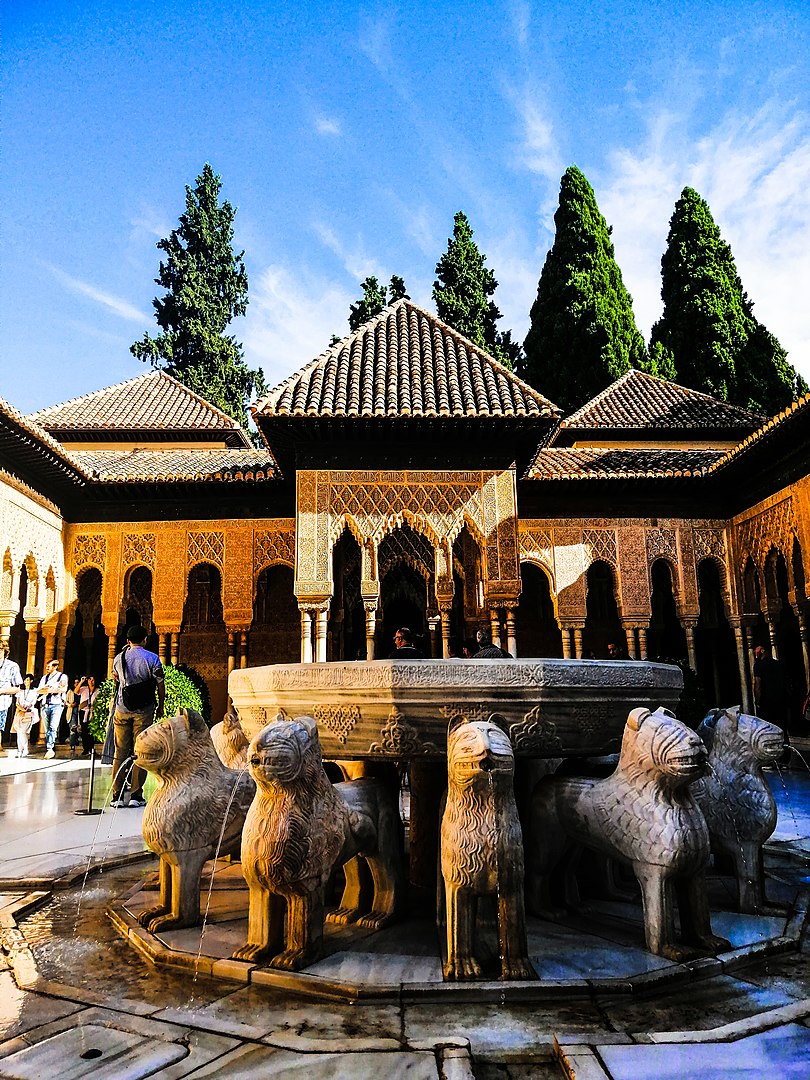Spain
Expulsion of the Muslims (Moriscos)
The Expulsion of the Moriscos (Spanish: Expulsión de los moriscos) was decreed by King Philip III of Spain on April 9, 1609. The Moriscos were descendants of Spain’s Muslim population who had converted to Christianity because of coercion or by royal decree in the early 16th century.
Since the Spanish were fighting wars in the Americas, feeling threatened by the Turks raiding along the Spanish coast and by two Muslims revolts in the century since Islam was outlawed in Spain, it seems that the expulsions were a reaction to an internal problem of the stretched Spanish Empire.
Between 1609 through 1614, the Crown systematically expelled Muslims through a number of decrees affecting Spain’s various kingdoms, with varying levels of success.
Total numbers of muslims expelled is debatable as the number is enormous
Although initial estimates of the number expelled such as those of Henri Lapeyre range between 275,000 and 300,000 Moriscos (or 4% of the total Spanish population), the extent and actual success of the expulsion order in purging Spain of its Moriscos has been increasingly challenged by modern historians, starting with the seminal studies carried out by François Martinez (1999) and Trevor J. Dadson (2007).
Dadson estimates that, out of a total Morisco population of 500,000, a figure accepted by many, around 40% avoided expulsion altogether and tens of thousands of those expelled managed to return.
Attitudes toward the Muslims by region
The number of muslims in Spain at the time of expulsion is unknown and most estimates are based on the numbers of muslims who were expelled. Figures of between 300,000 and 400,000 are often cited.
However, modern studies estimate between 500,000 and one million muslims present in Spain at the beginning of the 17th century out of a total population of 8.5 million.
A significant proportion resided in the former Crown of Aragon, where it is estimated they constituted a fifth of the population, and the Valencia area specifically, where they were a third of the total population.
The rich and those who lived in the cities were mostly Christians, while the muslims occupied the outlying countryside and the poor suburbs of the cities.
There was practically universal agreement in Spain that Islam was a threat that should be crushed. However, it was not clear how that should apply to the Moriscos, who were officially Christian.
Some clerics such as Fray Luis de Aliaga, a royal councilor, supported giving time to the Muslims to assimilate and become full Christians.
This option was lightly supported by the Catholic Church in Rome, too.
Opposing this view were a variety of notables and classes of people.
Clerics against Aliaga included Jaime Bleda, the most prominent member of the Inquisition in Valencia.
Bleda made several early proposals to King Philip III to banish or otherwise end the Muslims problem; he even recommended genocide.
At first, these entreaties were without success.
In 1596 the Duke of Lerma, King Philip III’s chief financial officer, accused the Muslims of collaboration with the Muslim Barbary pirates, a charge that had dogged them for years.
Still, while many in the population held to this, others considered that this threat had long since passed.
The Council of Aragon, in opposing any punitive measures, wrote that even if they wished to betray Spain, the Muslims were in no position to do so “for they possess no arms, nor supplies, nor fortified positions, nor a base for the Turkish fleet.” Nothing came of it at the time, but the Duke of Lerma continued his antipathy toward the Muslims.
Revolts
Several revolts broke out, the most notable being the 1568–1573 revolt against an edict of Phillip II’s banning Arabic, Arabic names, and requiring Moriscos to give up their children to be educated by priests.
After the suppression of the revolt, Philip ordered the dispersal of the Moriscos of Granada to other areas.
Philip expected that this would break down the Morisco community and facilitate their assimilation into the rest of the Christian population.
This may have happened to a degree to Granada’s Moriscos, but not in Valencia or Aragon, where Islam was still widely practised and ethnic tensions were much higher than in the rest of Spain.
At around the same time, Spain recognized the loss of more than half of its holdings in the Low Countries to the Protestant Dutch Republic.
The situation further deteriorated in the early 17th century.
A recession struck in 1604 as the amount of gold and treasure from Spain’s American holdings fell.
The reduction in the standard of living led to increased tension between the Muslims and Old Christians for precious jobs.
Expulsion from Kingdom of Valencia and Aragon
The places where the expulsion was particularly “successful” and more brutal were the eastern Kingdom of Valencia, where Muslims represented the bulk of the peasantry and ethnic tension with the Christian, Catalan-speaking middle class was high; as a result, this region implemented the expulsion most severely and successfully, leading to the economic collapse and depopulation of much of its territory, worsened by the bubonic plague which hit Valencia only a few years later.
The Kingdom of Aragon was, after Valencia, the part of the peninsula with the largest rate of expelled Moriscos and suffered the consequences as disastrously as Valencia, according to Henri Lapeyre.
Crown of Castile
In the Crown of Castile, the situation was considerably different.
Overall, the proportion of muslims is considered to be lower but more significantly, the majority of them were former Mudejar (Muslims) Christians who were highly integrated in mainstream society, had abandoned many of their distinguishing cultural traits and crucially, unlike in Valencia, they did not suffer from hostility from their old-Christian neighbours, many of whom actively protected them from attempts by the Crown to expel them, to the point that in Plasencia the Crown officials sent to deport the muslims were immediately jailed upon arrival and in Avila the local Moriscos were integrated in the clergy and government positions to avoid expulsion.
At the time however, an additional muslims community co-existed with these Mudejar muslims: a large number of Granada muslims who had been deported or dispersed after the uprising and war of the Alpujarras, who were the target of more suspicion within the communities in which they settled.
Crown of Aragon
In the kingdom of Valencia, which held the bulk of the Muslims population in the Crown of Aragón, the situation was radically different to Castile.
Valencian Moriscos were the overwhelming majority of the landless peasantry and lived segregated from Christian populations.
Economic and social rivalry was a major driver of resentment towards them, particularly from the Middle classes of artisans.
This had boiled over before in 1520, when in the Revolt of the Brotherhoods, the artisan guilds of Valencia revolted against both the landed aristocracy and the Muslim mudéjar peasantry.
Although the rebellion was ultimately defeated in 1523, the rebels killed many, and forced the mass baptism and conversion of the remainder of the Muslim population.
In 1525, these forced conversions were upheld by King Charles, thus creating the Moriscos of Valencia.
The plight of the Valencian Muslims was the worst during the expulsion due to the long-standing hostility of their Christian neighbors.
Blow to the Economy of Valencia and Castile
The Council of Castile evaluated the expulsion in 1619 and concluded that it had no economic impact for the country. This was basically true for Castile, as some scholars of the expulsion have found no economic consequences on sectors where the Morisco population was important.
However, in the Kingdom of Valencia, fields were abandoned and a vacuum was left in sectors of the economy the native Christians could not possibly fill.
With the removal by 33% of the inhabitants of the Kingdom of Valencia, some counties in the north of the current Alicante province lost virtually their entire population.
The infrastructure decayed, and the Christian nobles and landlords fell into arrears. Strapped for cash, many of the Valencian nobles increased rents on their Christian tenants to get even close to their previous income.
The increase in rents drove off any new tenants from coming to replace them, and as a result agricultural output in Valencia dropped greatly.
Blow to the Economy of Aragon and Valencia
The expulsion was a crippling blow not just to the economies of Aragon and Valencia, but also to the power of their nobles.
The former Crown of Aragon had been in the shadow of the richer and more populous Crown of Castile for some time, but with this, their stature dropped still further.
Of the Eastern Kingdoms themselves, the Catalan nobles now rose to prominence, their incomes far less affected since, unlike their southern and westerly neighbours, they never had a significant muslims population. Thus the expulsion helped shift power away from its traditional centers in Valencia to Catalonia within the Crown of Aragon.








